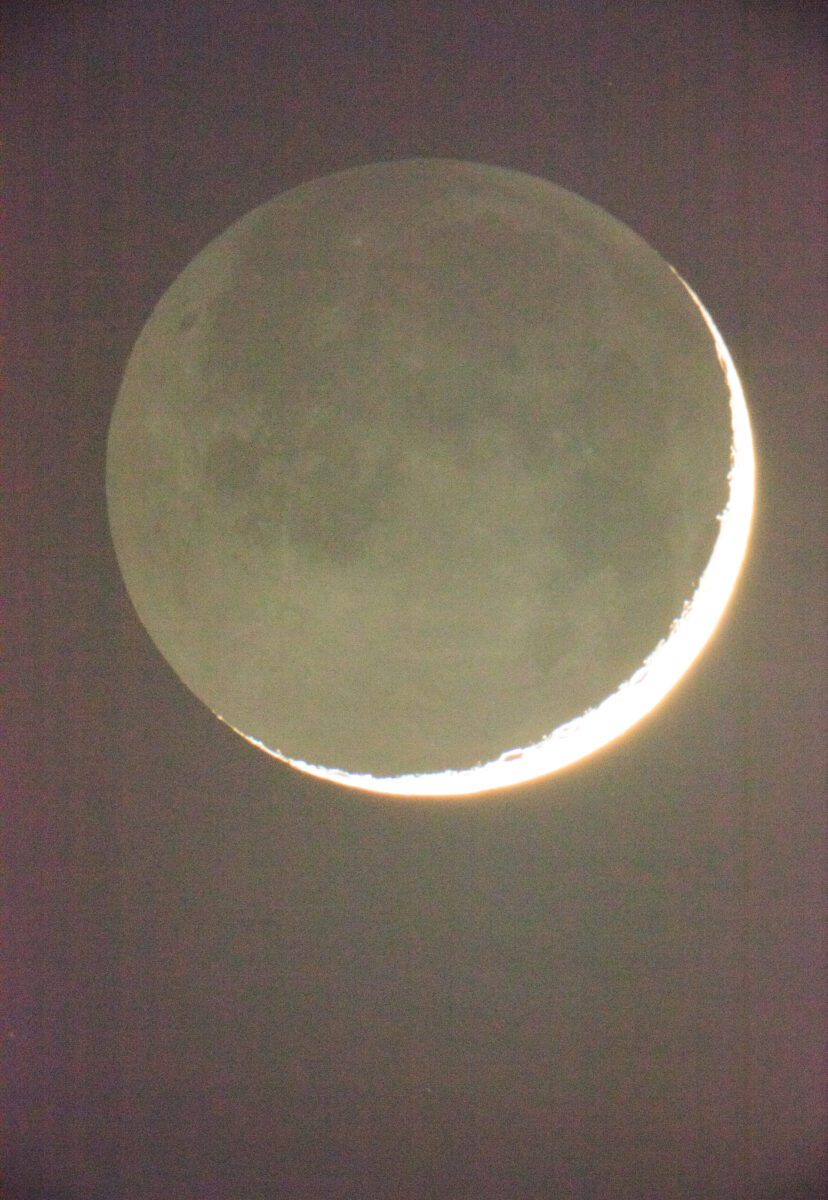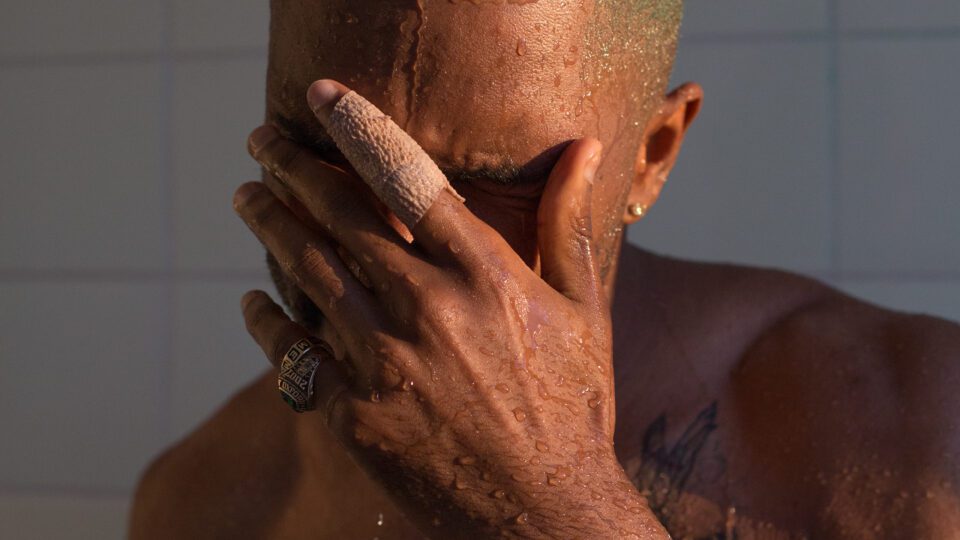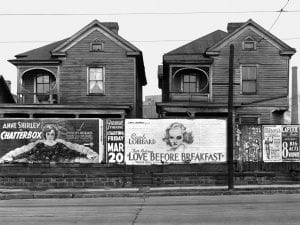Wolfgang Tillmans is redefining the very fabric of the Centre Pompidou’s Public Information Library, transforming it into a vast, immersive landscape of images and ideas. Spanning over 6,000 square metres, his exhibition Nothing could have prepared us / Everything could have prepared us is the last major event before the museum closes for a five-year renovation. This unprecedented takeover promises to reimagine the library – a space traditionally devoted to knowledge and public access – as a dynamic realm where photography, text, and time collide.
Born in Remscheid, Germany, in 1968, Tillmans has long been a trailblazer in contemporary photography, continuously pushing the medium beyond its conventional limits. Emerging from the vibrant cultural currents of the 1990s, his early work captured the raw energy of youth with an intimate gaze. But his art quickly evolved into something far more expansive, blending portraiture with abstraction, documentary with poetic experimentation. Tillmans’ fearless exploration of the camera’s possibilities and its role in society earned him the Turner Prize in 2000, marking him as the first photographer to receive the award. His groundbreaking solo exhibition at Tate Modern that same year redefined photography’s place in the art world, bridging gaps between everyday life and fine art.

Over the years, Tillmans has staged numerous influential exhibitions that chronicle his evolving practice. From Freischwimmer at New York’s Museum of Modern Art in 2003, which showcased his blend of vibrant abstract imagery and intimate portraits, to his 2017 retrospective at Moderna Museet in Stockholm, the artist has consistently challenged audiences to reconsider what photography can convey. His work frequently navigates political and social terrains – engaging with issues of identity, migration, climate crisis, and public health – demonstrating lens-based art’s power to document personal and collective histories.
Tillmans’ approach is notable for its diversity and refusal to settle into any singular mode. His portraits evoke tenderness and immediacy, often revealing nuanced facets of identity and human connection. Meanwhile, his abstract works, created through experimental processes such as photograms and unique printing techniques, investigate the materiality of photography itself, inviting viewers to engage not just visually but sensorially. Through this oscillation between the figurative and the abstract, Tillmans expands the photographic vocabulary, asking what images can do beyond representation.

The upcoming installation at the Centre Pompidou’s Bpi is the most ambitious museum project of Tillmans’ career. The Public Information Library, a cultural beacon in Paris, is known for its accessibility and intellectual vibrancy. Tillmans seizes this opportunity to weave together a sprawling narrative that transcends traditional exhibition formats. The title Nothing could have prepared us / Everything could have prepared us suggests a meditation on resilience and vulnerability, acknowledging unforeseen crises while recognising the cumulative knowledge that shapes our responses. It echoes Tillmans’ ongoing fascination with time and memory as intertwined forces that inform how societies process change and trauma.
Rather than presenting photographs as isolated artworks, Tillmans crafts a dynamic environment where images, texts, videos, and objects coexist and interact. Visitors are invited to traverse a labyrinth of interconnected spaces, discovering relationships between disparate elements that mirror the complexities of contemporary existence. The exhibition disrupts linear storytelling, encouraging an active, exploratory mode of viewing where meaning is fluid and multifaceted. This curatorial method resonates with the Bpi’s ethos as a public space dedicated to open access and intellectual exchange.

This exhibition also marks a poignant moment for the Centre Pompidou itself. Set to close its doors from late 2025 to 2030, the museum embarks on a major renovation aimed at modernising infrastructure, expanding gallery space, improving accessibility, and integrating sustainable design practices. These changes will prepare the institution to meet the evolving needs of artists and audiences in the coming decades. Tillmans’ installation thus serves as a powerful farewell and a symbolic bridge to the museum’s future, capturing a moment of transition and reflection.
In keeping with Tillmans’ commitment to inclusivity, the exhibition offers free entry on four key days throughout the summer and early autumn of 2025. This gesture underscores the democratic spirit of both the artist and the institution, inviting diverse audiences to engage with art in a space that champions openness and participation. At its heart, Nothing could have prepared us / Everything could have prepared us is a profound investigation into photography’s capacity to function as a living, breathing language. Tillmans resists the idea of images as fixed or static; instead, he envisions them as mutable and layered, capable of expressing contradictions and emotional depth. The exhibition challenges viewers to slow down and reconsider how images shape our understanding of the world amid today’s relentless media saturation.

This expansive project stands as a milestone in Tillmans’ career and a landmark moment for the Centre Pompidou. It encapsulates the artist’s enduring drive to innovate, to blur the boundaries between art and life, and to use photography as a tool for political and poetic engagement. As the museum prepares for a period of transformation, Tillmans’ visionary installation offers a space of contemplation and dialogue – a testament to the enduring power of art to illuminate, question, and inspire.
For those who follow the evolution of contemporary art and photography, Tillmans’ takeover of the Bpi promises a singular experience: a sprawling, immersive encounter that redefines what it means to see and be seen, to remember and imagine, at a time when the world itself is in flux.
Nothing could have prepared us / Everything could have prepared us is at Centre Pompidou 13 June – 22 September: centrepompidou.fr
Words: Anna Müller
Image Credits:
1. Frank, in the shower, 2015. Courtesy Galerie Buchholz, Galerie Chantal Crousel, Paris, Maureen Paley, London, David Zwirner, New York.
2. its only love give it away, 2005. Courtesy Galerie Buchholz, Galerie Chantal Crousel, Paris, Maureen Paley, London, David Zwirner, New York.
3. The State We’re In, A, 2015. Courtesy Galerie Buchholz, Galerie Chantal Crousel, Paris, Maureen Paley, London, David Zwirner, New York.
4. Moon in Earthlight, 2015, Courtesy Galerie Buchholz, Galerie Chantal Crousel, Paris, Maureen Paley, London, David Zwirner, New York.
5. Blushes #3, 2000, Courtesy Galerie Buchholz, Galerie Chantal Crousel, Paris, Maureen Paley, London, David Zwirner, New York.





